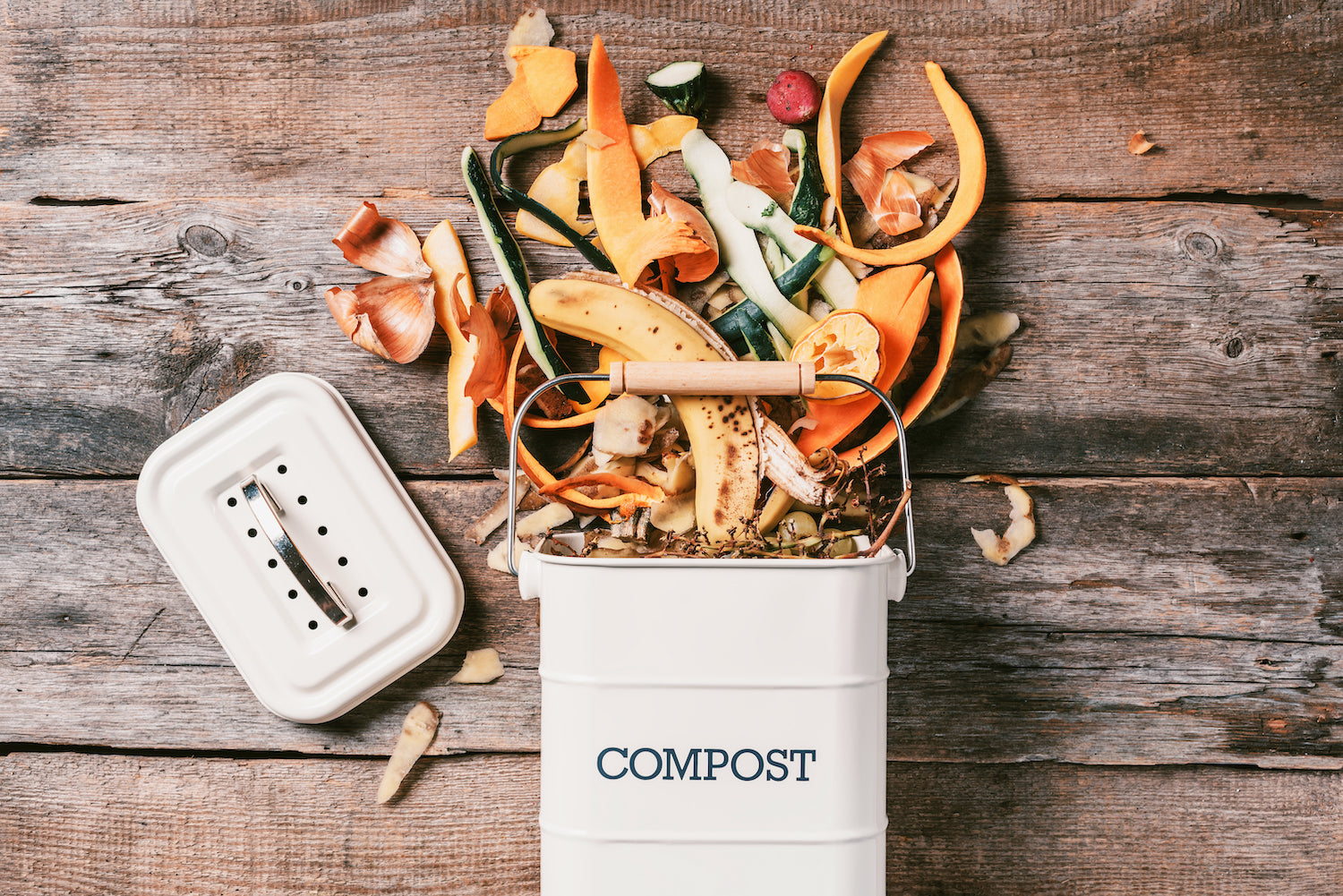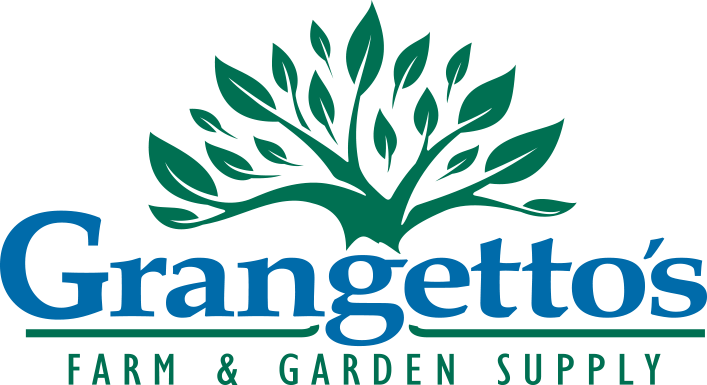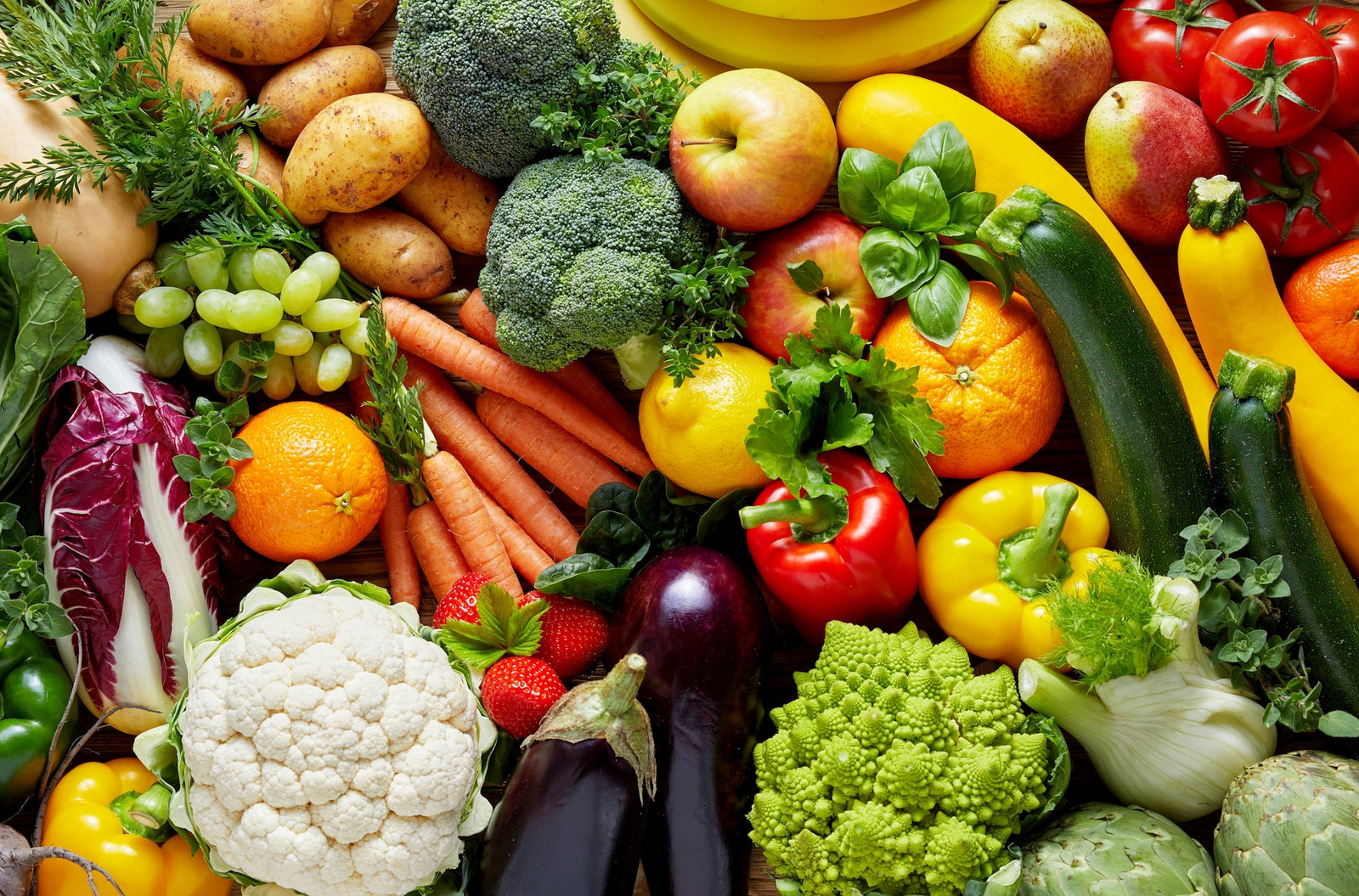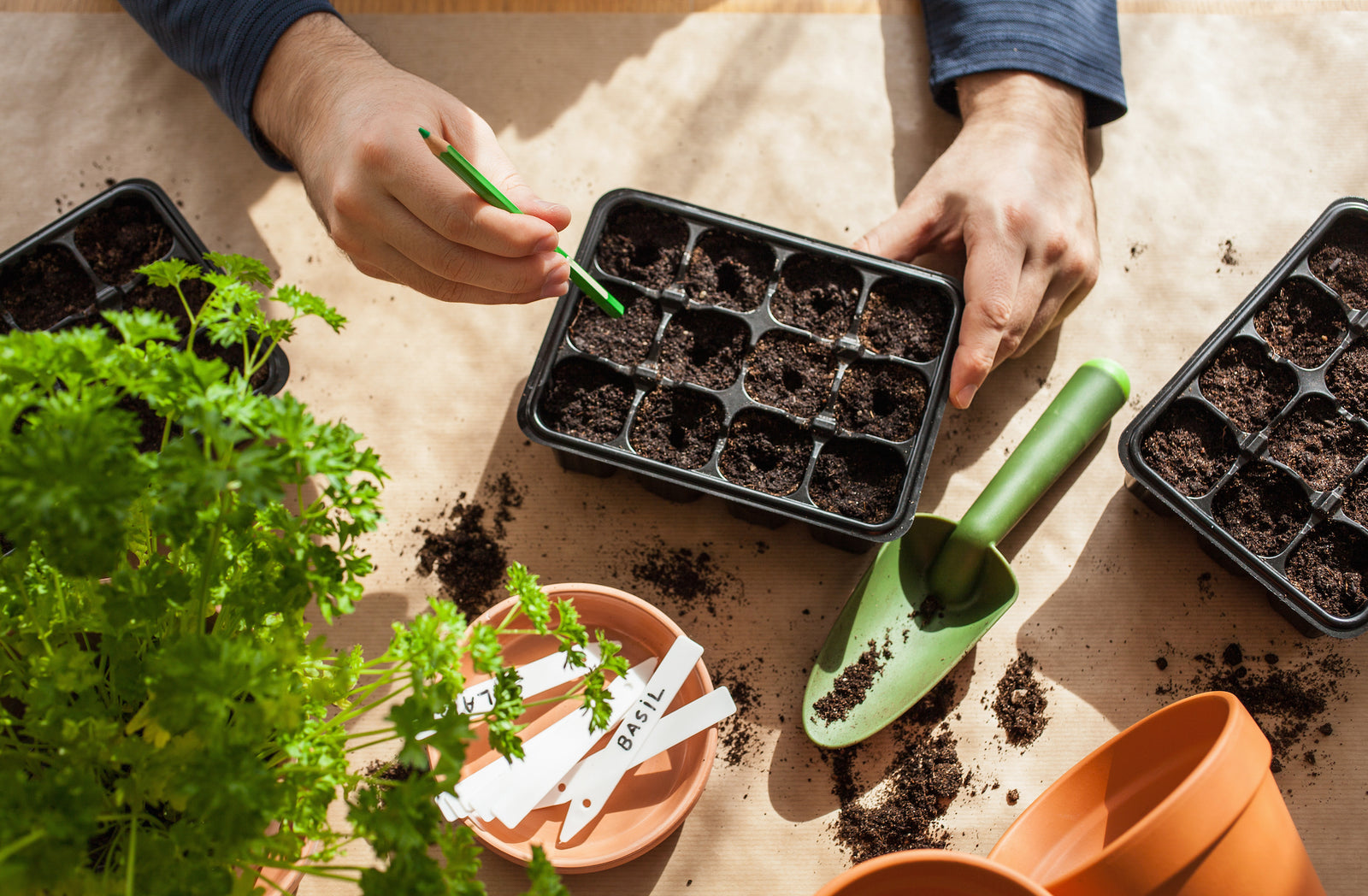
Composting is an excellent way to reduce, reuse, and recycle. Compost is decomposed organic material that is nutrient-rich and makes a great addition to garden soil. If done correctly, the end product is delicious garden food. This guide will help you get the most out of your compost.
-
WHAT YOU NEED:
- Container (if you’re using the closed method).
- Sturdy rake or fork to turn your pile.
- A spot outside that is convenient but won’t make the pile an eyesore for your neighbors.
-
FOLLOW THESE EASY STEPS
STEP 1: Choose your method
The open bin (or pile) method involves building a box from wood, chicken wire, or plastic and using it to contain your compost. You can also skip the bin and just make a compost pile. The open method makes it easier to keep moist, but can also result in your compost getting too much water. It’s easier to add new material, but it may also attract pests.
With the closed container method, compostable materials are placed in a special box or drum. The drum is the better option as these are easier to turn. Closed containers don’t usually attract pests, but you will have to add water yourself.
With either method, it’s a good idea to have two piles or containers going at once. This keeps the process from slowing down due to excess material. Some drums actually come with two chambers for this purpose.

-
STEP 2: Gather your ingredients
The ingredients for a successful compost pile are simple: Air, water, and food for the millions of hungry microorganisms that produce compost.
Compost food material is divided into "Greens" and "Browns." Green material includes items like fresh grass clippings, fresh manure (horse, chicken, cow or rabbit only), kitchen scraps (fruit, vegetables, coffee grounds, and tea bags), weeds, and green leaves. Brown material includes dry leaves and grass, shredded corn stalks, straw, and sawdust (in small amounts). The optimal ratio of browns to greens is four parts brown to 1 part green. Adding inoculators, such as a shovel full of garden soil, can kickstart the process.
Some items will slow down the process or even create a health hazard. Do not incorporate cooked food, office paper or newsprint, or pet waste into your compost pile. A more thorough list of things to leave out can be found here.

-
STEP 3: Maintain your pile
Be sure to turn your compost pile (or rotate the drum) regularly. This keeps the browns and greens balanced and ensures that air and moisture are mixed throughout. The work happens on the inside of the pile, which is hotter than the outside. Turning the pile keeps the core fueled by bringing outside material to the center.

Follow this guide and you'll soon have plenty of nutritious compost to add to your garden. Visit us at any of our four locations for products and additional advice.
More resources:
COMPOSTING 101
EASY ANAEROBIC COMPOSTING
10 QUICK TIPS FOR COMPOSTING
HOW TO COMPOST
A LITTLE COMPOST ON THE SIDE
HOW TO MAKE COMPOST TEA
ORGANIC WATER RECYCLED SD




